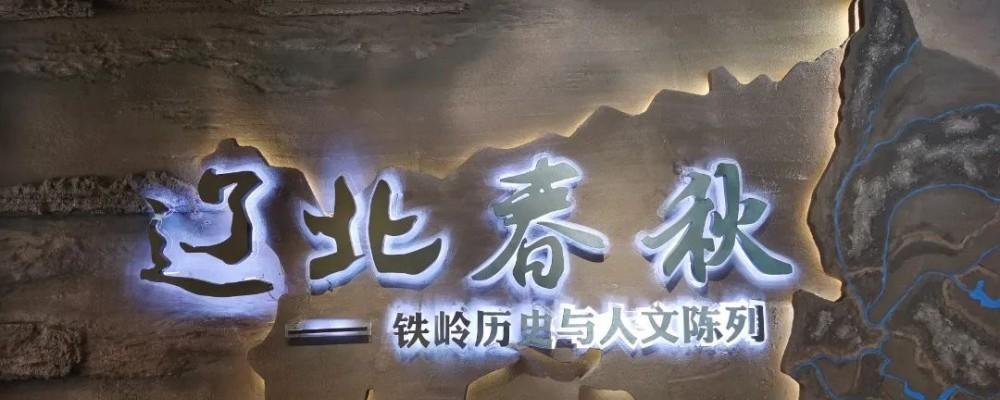Listening to cultural relics: Spring and Autumn in Northern Liaoning (VII)

Border Pass Xiaoyue - Qin and Han Dynasty
In 1981, on the north bank of the Wanquan River at the junction of Tieling and Shenyang, the ruins of Qiutai in Tieling were discovered.
The Environment of the Qiutai Ruins in Xintaizi Town, Tieling County
According to the location of the site and the excavated cultural relics, some scholars believe that this is the seat of Wangping County, Liaodong County, Yanguo during the Qin and Han Dynasties.
The site is divided into two layers: the upper layer is from the Warring States to the Han Dynasty, and the lower layer is the Bronze Age. The cultural relics excavated from the upper layers reflect the social civilization of this period.
Military tent model, the Great Wall of Yan can be seen in the background in the distance
Bronze Ge (Iron Ridge City Color factory picking)
From the Warring States to the Western Han Dynasty, northern Liaoning was a frontier area where the Han came into contact with the northern tribes. According to historical records, the Great Wall of Yan and Han passed through the territory of Tieling and was used to defend the shubian.
Iron tools such as shovels (excavated from Xintaizi, Tieling County)
In the archaeological excavations in northern Liaoning, the appearance of iron tools such as iron shovels is a highlight of cultural relics in this period, reflecting the more diversified smelting technology in northern Liaoning.
Bronze Ding with text graphics inside (selected by Tieling City Color factory)
Copper earrings (iron ridge city color factory selection)
Copper belt hook (iron ridge city non-ferrous factory picking)
Copper belt hooks are equivalent to today's belt buckles. At this time, the bronze products in northern Liaoning already had high aesthetic and craft standards.
Horseshoe gold nugget (excavated from Xintaizi Brick Factory in Tieling County)
Qin half two round money (excavated from Xintaizi Brick Factory in Tieling County)
Yihua round money (excavated from Xintaizi Brick Factory in Tieling County)
Unearthed Warring States sword coins and cloth coins
The excavation of a large number of currencies reflects that the trade between northern Liaoning and the Central Plains was already very frequent at this time.
Copper wind chimes (iron ridge city nonferrous factory picking)
Jomon concentric semicircular tiles (excavated from Xintaizi Brick Factory in Tieling County)
The excavation of copper wind chimes and Jomon concentric semicircular tiles reflects the architectural aspects of northern Liaoning at that time, in addition to internal practicality, the pursuit of external decorative beauty, and the continuous progress of civilization.
Source: Tieling Online
【Source: Tieling Cultural Tourism】